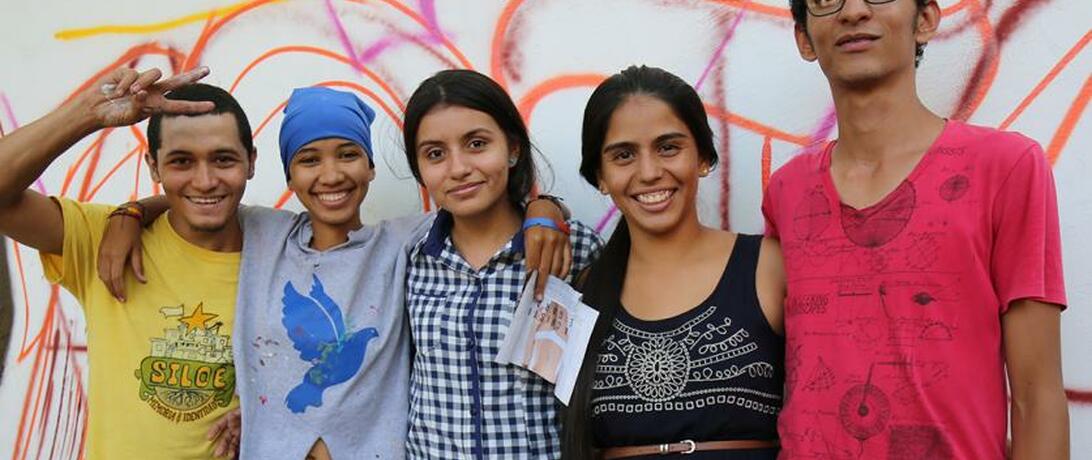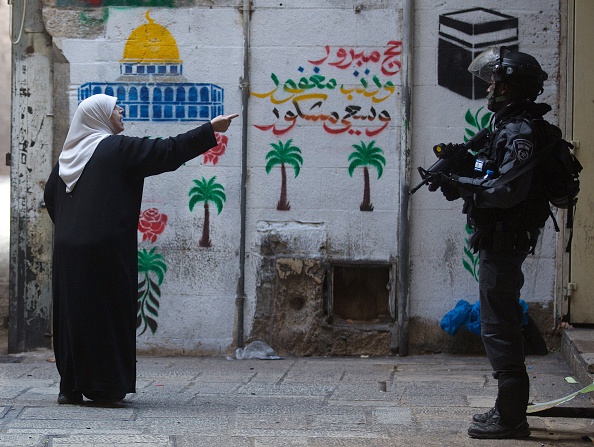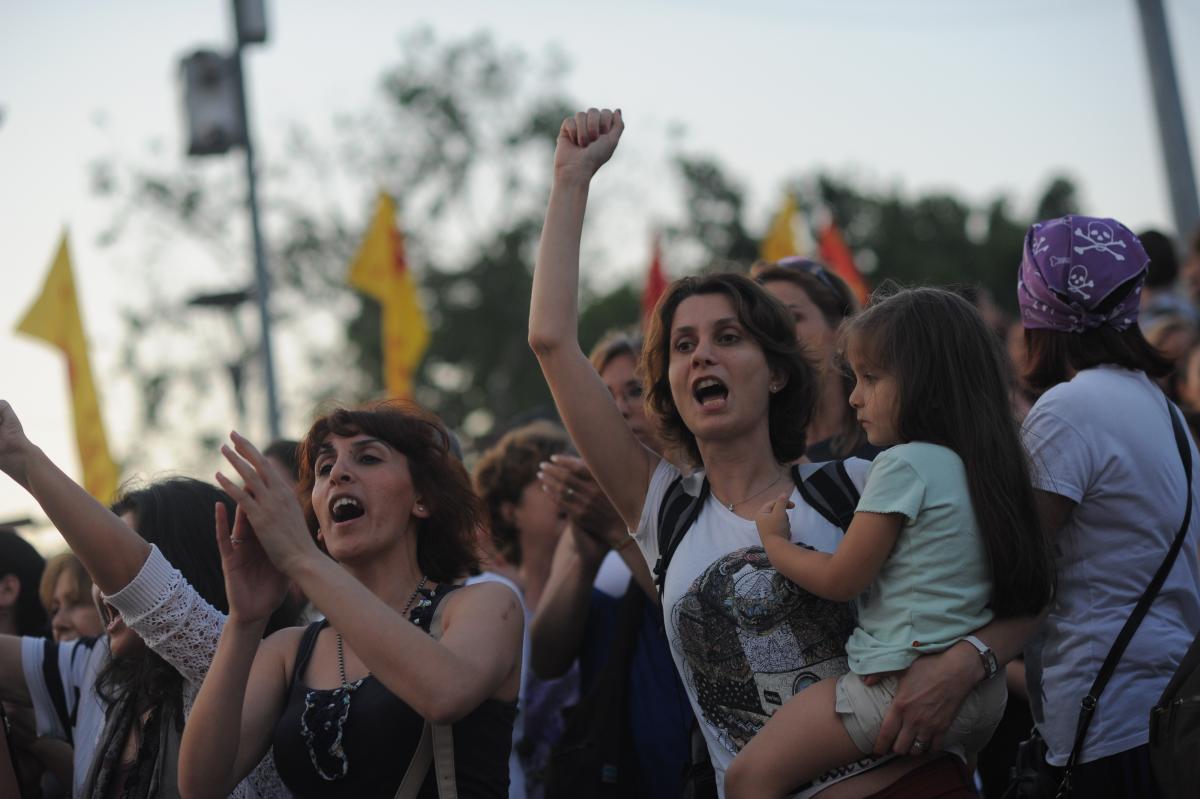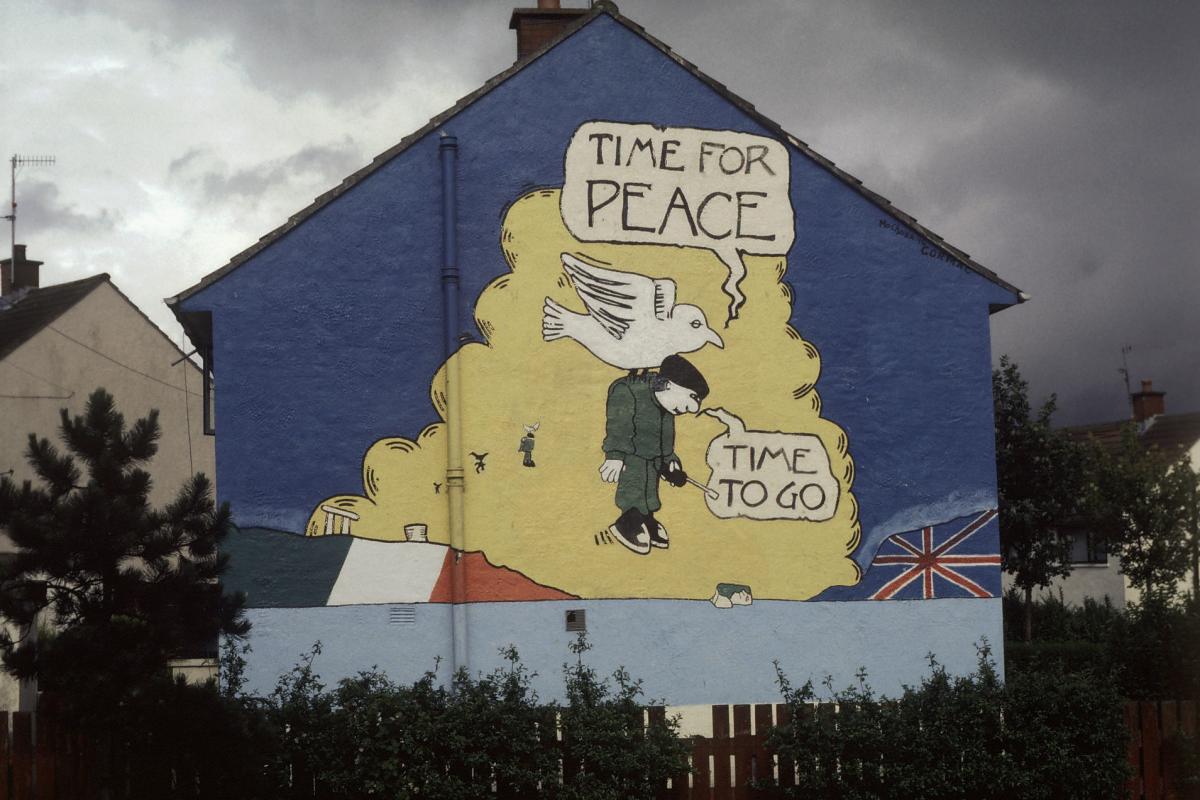
The UN’s Day of Living Together in Peace calls for everyone to consider how we can build inclusive, accountable, and peaceful societies. The UN believes that peace is not the absence of conflict but a positive activity. It requires all of us to dedicate ourselves to save succeeding generations from the scourge of war. Living together means accepting differences, recognizing, and appreciating others.
Defenses of Peace Must be Constructed in the Minds of Men
Monday, May 14th, was the bloodiest day for Palestinians since the 2014 Gaza war. Sixty were killed when Israeli soldiers clashed with protestors who gathered around the Gaza border to demonstrate against the United States embassy’s move to Jerusalem from Tel Aviv. The United Nations Security Council condemned the violence, calling it a massacre. The UN High Commission on Refugees may establish an investigation commission to look into the attack.
The incident occurred on the same week as International Day of Living Together in Peace. The premise of this UN observance on May 16th comes from an idea contained within the constitution of the UN Educational, Scientific, and Cultural Organization.
The UN believes that peace is not the absence of conflict but a positive activity. It requires all of us to dedicate ourselves to save succeeding generations from the scourge of war. Living together means accepting differences, recognizing, and appreciating others.
“The UN’s Day of Living Together in Peace calls for everyone to consider how we can build inclusive, accountable, and peaceful societies,” says Conor Seyle, Director of OEF Research. “The benefit of inclusive systems in their impact on peace, good governance, and economic development has been repeatedly demonstrated in both anecdote and empirical research.”
Amplifying the Voice of the Silent Majority
The political scientist Arend Lijphart found that power sharing and inclusive political institutions generate “kinder, gentler” policy outcomes that are crucial to preventing armed violence. The key to successful peacebuilding is to ensure that consensus is built by all affected parties.
“How do we bring in the voice of the often silent majority of the population that actually wants peace?” Asks Sanam Anderlini, one of the civil society drafters of UN Security Council Resolution 1325 on women, peace and security. “They are the ones we take for granted.”
Women and youth often make up these overlooked groups, yet they play influential roles. The economist Sir Paul Collier believes that youth culture contributed to quickly breaking prevalent racial beliefs in the 1960s American South.
“The youth of the Southern states of America became more closely attached to youth elsewhere and the ideas that they held, rather than to the beliefs of their elders,” says Sir. Collier. “So that cracked what had been a very stable set of beliefs by a change in the social networks that people took part in. I think we can do that elsewhere.”
The Mechanisms of Good Governance
There are a few good examples of how territorial and ethnic disputes have been resolved through political means peacefully by inclusive governance institutions. When parties from Quebec, in 1984 and 1995, and Scotland, in 2014, attempted to secede from their countries, Canada and the United Kingdom did not fall into civil war. Instead, the central governments negotiated with the independence movements.
“Ottawa and London worked against the independence movements not with armed repression but through political concessions, such as the bilingual mandate in Canada and economic and financial inducements for Scotland to remain part of the United Kingdom,” writes David Cortright, Conor Seyle, and Kristen Wall in their book, Governance for Peace. “Mechanisms of democratic governance provide avenues for addressing these contentious issues through political means rather than armed violence.”
The authors also point out that Belfast’s 1998 Good Friday agreement did not resolve the underlying tensions between Protestant and Catholics, but it did allow for more inclusive sharing of political power. Each group was given the ability to elect their own representatives to the reconfigured Northern Ireland Assembly.
Monday’s bloodshed gives us pause for reflection. Violence like this seems intractable. Living together in peace may be possible, but is it likely? Seyle has hope.
“Achieving this sometimes seems like a pipe dream, but the truth is that the world has made enormous strides towards peace in the last fifty years,” says Seyle, “The UN’s Day of Living Together in Peace calls for everyone to consider how we can build inclusive, accountable, and peaceful societies.”
In its May 16th Declaration, the UN acknowledged that the way forward is to increase efforts and activities throughout the world that advance a culture of peace. The organization looks to academia and volunteer groups to foster intercultural dialogue and take practical steps to mobilize civil society through capacity building and the creation of frameworks for cooperation.
Text by Jean-Pierre Larroque
Photos by Jean-Pierre Larroque, Getty Images, and Wikipedia
Article Details
Published
Topic
Program
Content Type
Opinion & Insights


